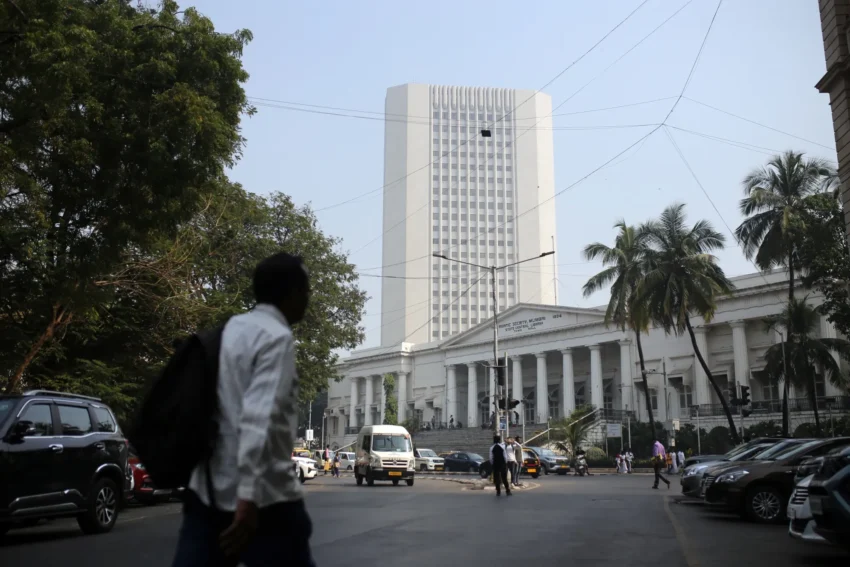In a strategic move aimed at stabilizing its currency amidst global economic uncertainty, the Reserve Bank of India (RBI) has recently implemented a significant increase in interest rates for non-resident investors. This decisive action is part of a broader effort to curb the depreciation of the Indian rupee, which has faced mounting pressure from various economic factors, including rising inflation, geopolitical tensions, and a strengthening U.S. dollar.
The Context of the Currency Challenge
The Indian rupee has experienced substantial volatility in recent months, primarily driven by external factors such as changing global interest rates, fluctuations in oil prices, and domestic inflationary pressures. As the U.S. Federal Reserve continues its monetary tightening, attracting capital inflows into the U.S. market, emerging markets like India have faced challenges in maintaining currency stability.
In response to these pressures, the RBI’s recent decision to increase interest rates for non-residents aims to enhance the attractiveness of Indian financial assets. By offering higher returns, the central bank hopes to encourage foreign investments and mitigate the outflow of capital that has exacerbated the rupee’s depreciation.
Details of the Rate Hike
The RBI’s decision primarily impacts interest rates for Non-Resident Indians (NRIs) and foreign investors who hold investments in Indian bank deposits and other financial instruments. By raising rates on these investments, the RBI seeks to achieve several key objectives:
- Attracting Foreign Capital: By offering competitive interest rates, India can pull in foreign investments, which are crucial for supporting the local economy and stabilizing the currency.
- Bolstering Investor Confidence: The rate hike signals a proactive approach from the RBI to address investor concerns about currency risk, thereby potentially increasing market confidence in India’s economic stability.
- Curbing Inflation: Higher interest rates can help control inflation as they generally reduce spending and borrowing. This measure is particularly important as the country grapples with rising prices, especially in essential goods and services.
Economic Implications
The decision to raise interest rates for non-residents carries significant implications for the Indian economy:
- Impact on Exchange Rates: An increase in interest rates could help bolster the rupee by making Indian investments more appealing. If successful, this strategy could slow down the rupee’s depreciation, which has serious implications for import costs, particularly for crude oil and essential goods.
- Investment Climate: While higher interest rates could attract foreign capital, they may also lead to increased borrowing costs for businesses and consumers within India. The central bank must balance the need for attracting foreign investments with maintaining economic growth.
- Global Relations: In an interconnected global economy, this move will also be scrutinized by international investors and analysts. It underscores India’s commitment to maintaining economic stability amidst external pressures, signaling to global markets that it is a viable destination for investment.
Challenges Ahead
Despite the potential benefits of the rate hike, several challenges remain on the horizon:
- Global Economic Conditions: The evolving dynamics of global finance will play a critical role. If other economies continue to raise their rates, India may need to adjust its strategies accordingly to maintain competitiveness.
- Domestic Economic Health: Maintaining economic growth while raising interest rates can be a complex balance. Policymakers must ensure that this move does not stifle domestic investment or consumer spending.
- Market Sentiment: Investor sentiment can be unpredictable. If the market perceives the rate hike as a sign of weakness in India’s economy, it could lead to volatility rather than stability.
Conclusion
The RBI’s decision to raise interest rates for non-residents marks a pivotal step in India’s response to the challenges surrounding the depreciation of the rupee. It reflects an urgent need to stabilize the currency, attract foreign investments, and manage inflation. As the central bank carefully navigates these turbulent economic waters, the effectiveness of this strategy will depend on a range of factors, including global economic conditions and domestic market reactions.
For now, India stands at a crossroads, with the opportunity to bolster its economic standing while demonstrating resilience in the face of external pressures. The success of this maneuver will be closely watched by global investors, analysts, and policymakers, as it underscores the intricate relationship between currency stability and economic growth.










